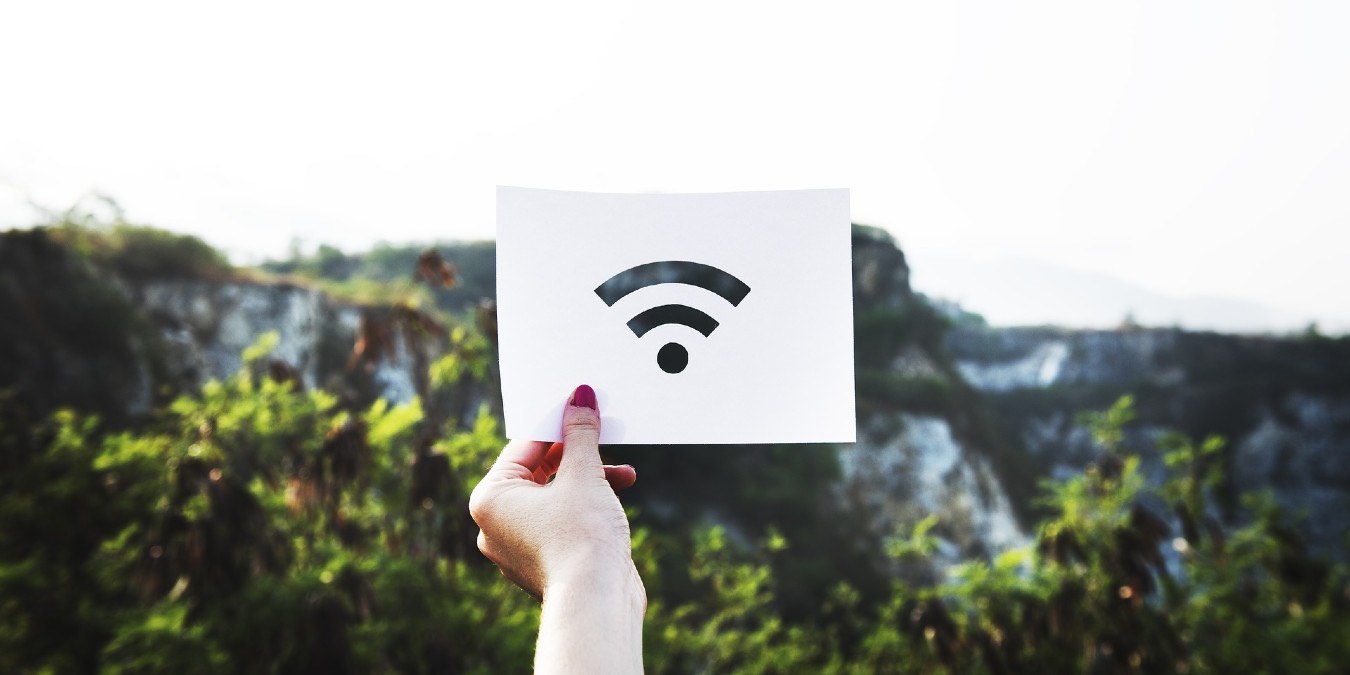
Unless you are deeply entrenched in the world of wireless networking protocols, there is a good chance you have not heard of Wi-Fi 6. For that matter, you likely did not know this generation’s Wi-Fi is best known as “Wi-Fi 5.” None of that really matters, though, as Wi-Fi has greatly impacted the world around us, no matter what “version” number is attached to it. With the introduction of Wi-Fi 6, things are about to get much more interesting.
What Is Wi-Fi 6?
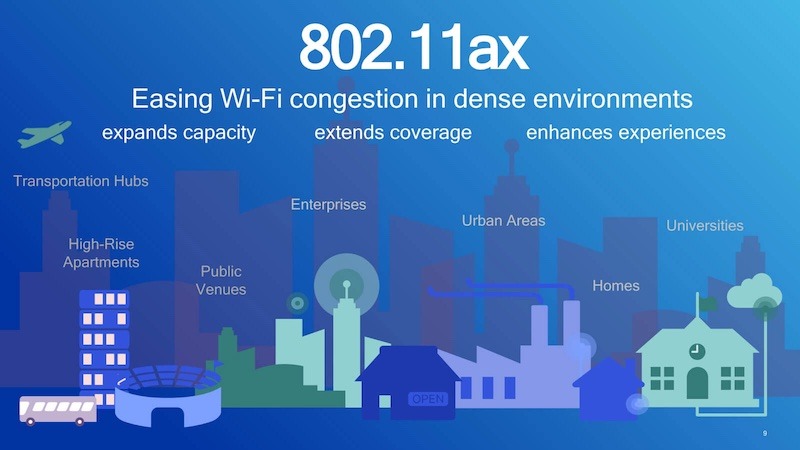
Simply stated, Wi-Fi 6 is best known as the next generation of Wi-Fi technology. For all intents and purposes, it will do exactly what it does now for tens of millions of people: connect you to the Internet. Anyone who has purchased a router in recent years might be familiar with the label 802.11ac. That’s a strong indicator the router receives the fastest Wi-Fi signal.
Wi-Fi improves on that with “802.11ax,” better known as “high-efficiency wireless” or Wi-Fi 6. Governed by the Wi-Fi Alliance, the standards of Wi-Fi 6 have long been established to help standardized protocols to make sure the same networking experience exists for users across the globe.
How Fast Is Wi-Fi 6?
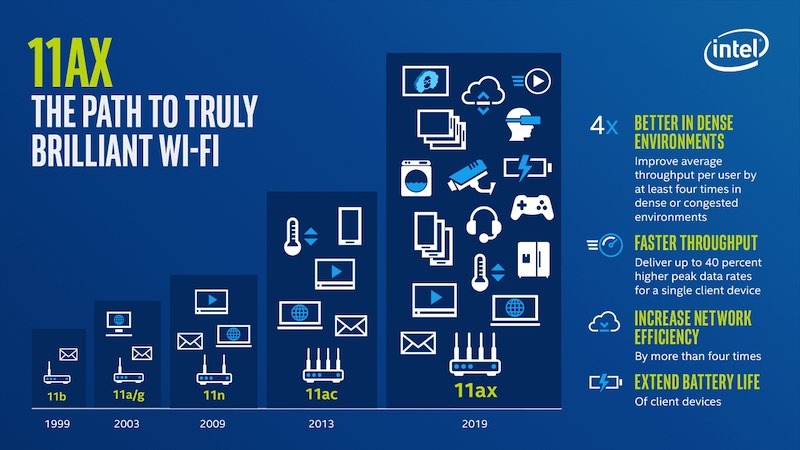
When it comes down to it, most users just want to know how much faster Wi-Fi 6 is going to be. The answer is fast, really fast. By most reports, Wi-Fi 6 will manage data transfer speeds up to ten to 12 gigabytes per second. That’s up from around 3.5 gigabytes per second on Wi-Fi 5.
Of course, most Internet users will never see these speeds because networks get congested and slowed. Realistically, a Wi-Fi 6-enabled computer connected to a Wi-Fi 6-compatible router will be faster than a Wi-Fi 5-enabled laptop connected to a Wi-Fi 5 router.
The question is how much faster? Nobody knows with absolute certainty, but there is another piece of good news – whereas a house with multiple connected devices on Wi-Fi 5 will see a slowdown the more devices are added to the network, Wi-Fi 6 does not suffer from the same problem.
Wi-Fi 6 and IoT
Where Wi-Fi 6 gets really interesting is when you start to think of it in terms of the Internet of Things. According to Tom Soderstrom, IT Chief Technology and Innovation Officer at NASA’s Jet Propulsion Laboratory, Wi-Fi 6 is “ … built for IoT.”
He goes on to say that household appliances, public utilities, mobile devices and even power grids will see significant benefits from this technology. On a surface level, IoT will see immediate benefits from this technology because it can handle more traffic simultaneously. That means everything from a dozen connected household appliances to retail stores incorporating Wi-Fi 6 shelf sensors to track inventories will benefit.
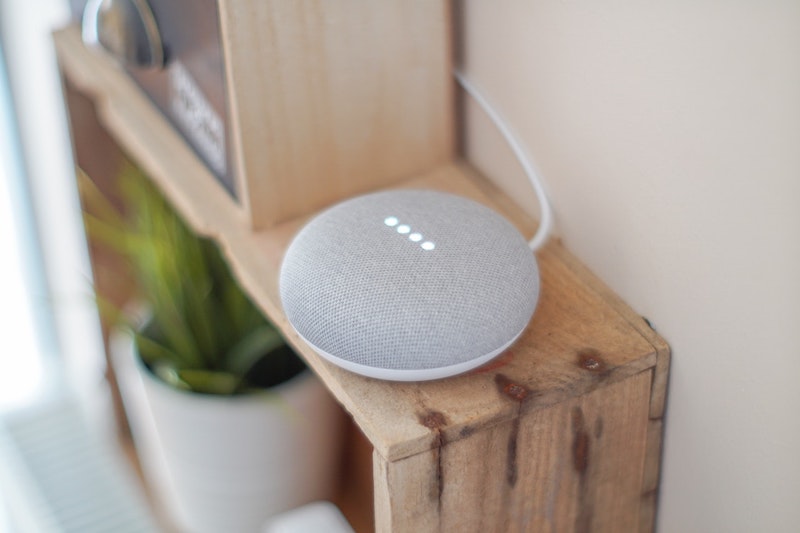
In today’s world, adding more than three or four smart home devices can bring your home Internet to a crawl. As a result, the world of IoT still teeters on the edge of acceptability. With Wi-Fi 6 and a compatible router, add as many smart home devices as you want, as your “new” Internet can handle it all.
In fact, add even more devices, as Wi-Fi 6 enables lower latency for connection speeds that are vastly improved. You don’t even need to upgrade your overall Internet speeds. You will still see a stronger signal and fewer dead zones. Communicating faster and more efficiently is the backbone of Wi-Fi 6 and IoT. Together, they’ll make sweet music. Do not forget the improved battery life thanks to less signal searching and antenna power.
Other Wi-Fi 6 Benefits

Think back to the last time you were on the free Wi-Fi at the airport on a busy travel day. Do you remember how slow it felt trying to load your airline’s flight info page? All of that is going to change once this new Wi-Fi tech rolls out en masse. That does not mean the days of slow chugging Wi-Fi in public areas will disappear completely. However, the difference is very much night and day. The same goes for a sporting event where a cellular signal struggles with loads of people texting, talking, browsing and sending pictures.
Launch Date
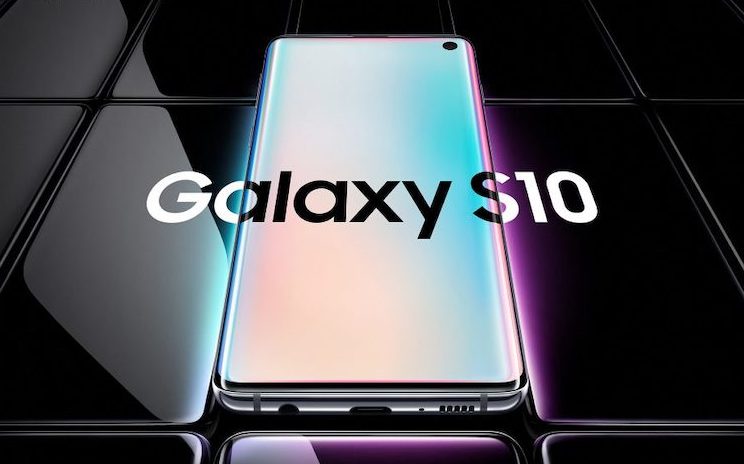
Ultimately, to get Wi-Fi 6, you’ll have to buy new devices. No software update will be of help, but the good news is you will not have long to wait. There are already supported devices including routers and smartphones available for purchase today. Samsung shipped its first Wi-Fi 6-enabled smartphone with the Samsung Galaxy S10.
As more devices hit the market, prices could very well start dropping fast. Unless you desperately need to be on the cutting edge, wait a little longer. However, it goes without saying that it will be some time until Wi-Fi 6 products are readily available.
Conclusion
There is no question that Wi-Fi 6 is going to be a more secure and faster technology. That everything about it means a greatly enhanced experience for IoT users is good news for every Internet user. Will you be one of the first to jump on the Wi-Fi 6 train?
Image Credit: Intel, Gravity Computers












